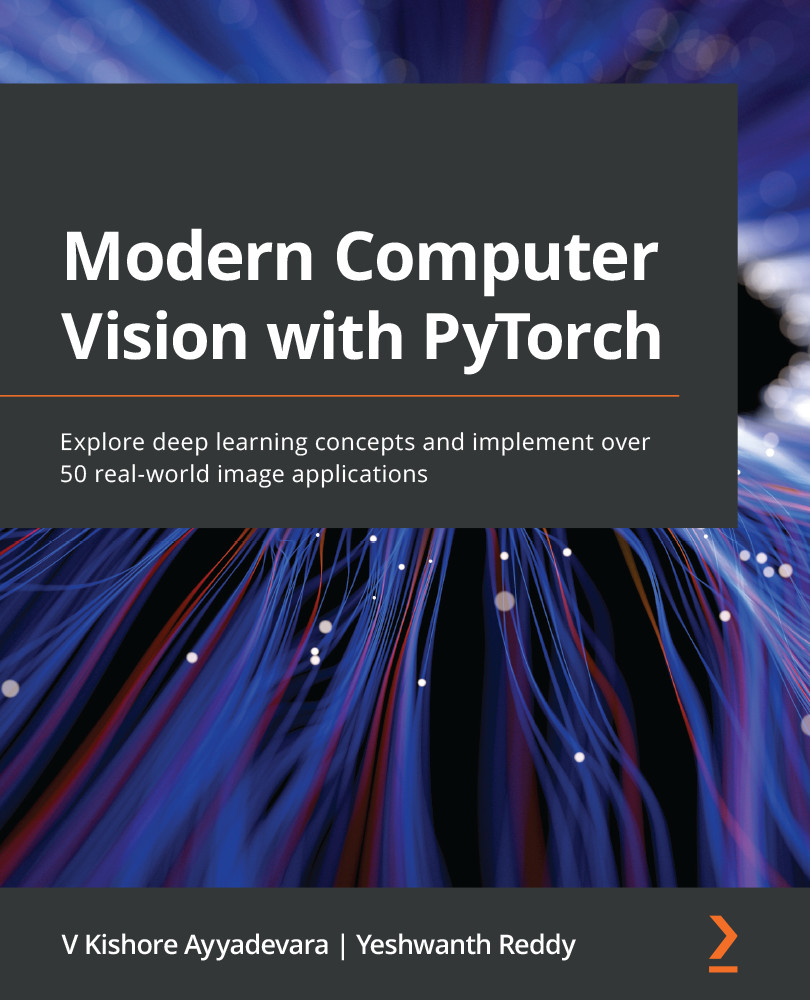In the previous chapter, we learned about manipulating an image using neural style transfer and super-imposed the expression in one image on another. However, what if we give the network a bunch of images and ask it to come up with an entirely new image, all on its own?
Generative Adversarial Network (GAN) is a step toward achieving the feat of generating an image given a collection of images. In this chapter, we will start by learning about the idea behind what makes GANs work, before building one from scratch. GANs are a vast field that is expanding as we write this book. This chapter will lay the foundation of GANs through three variants of GANs, while we will learn about more advanced GANs and their applications in the next chapter.
In this chapter, we will explore the following topics:
- Introducing GANs
- Using GANs to generate handwritten digits...


